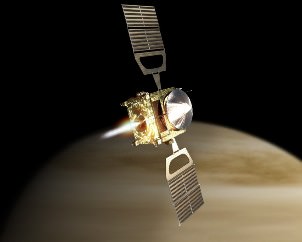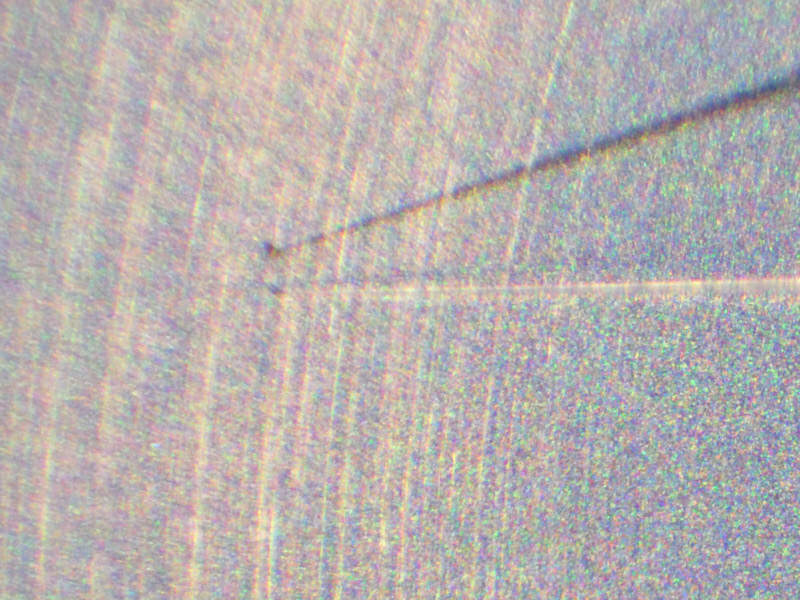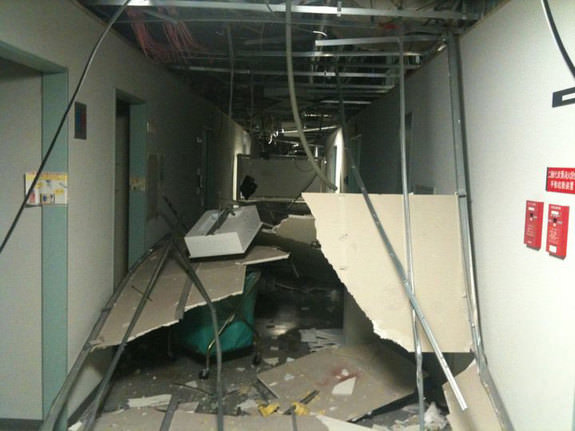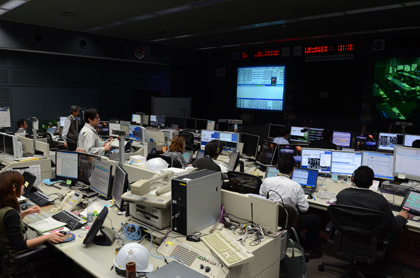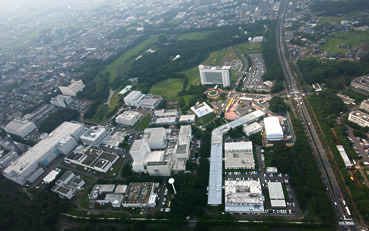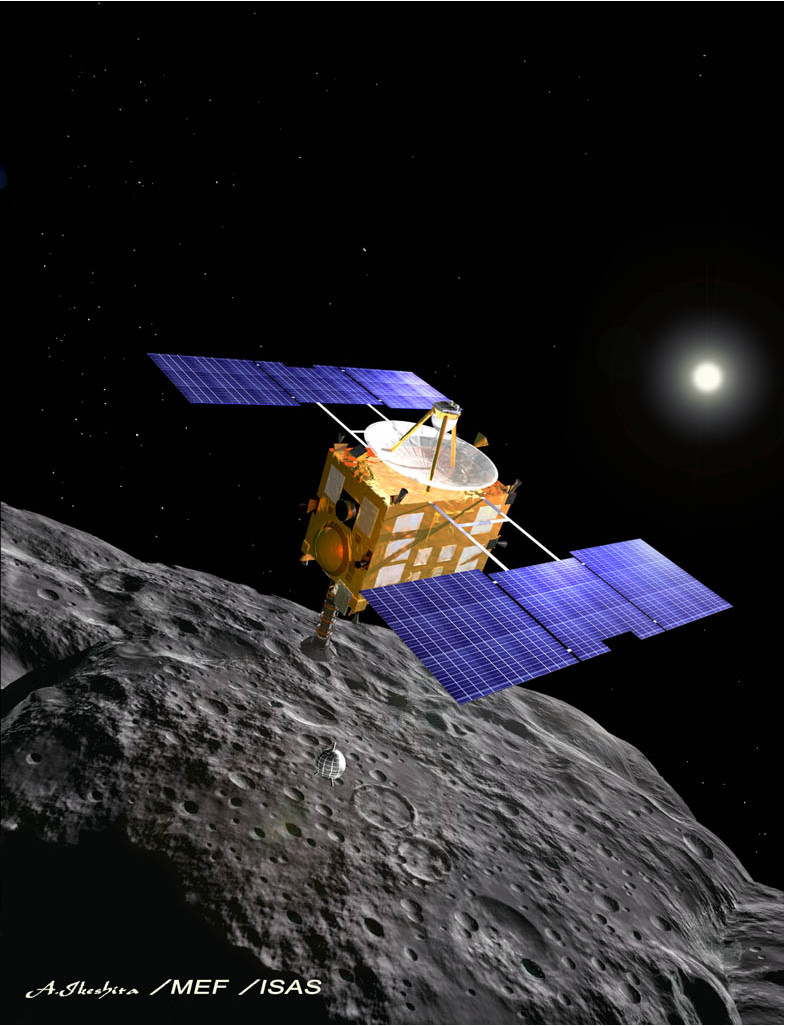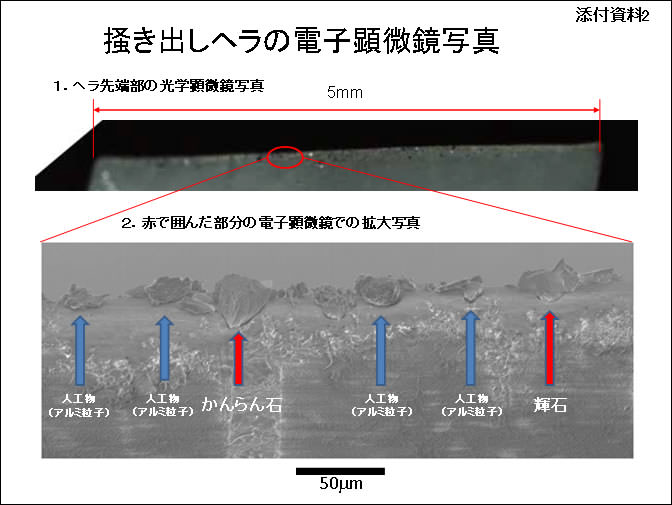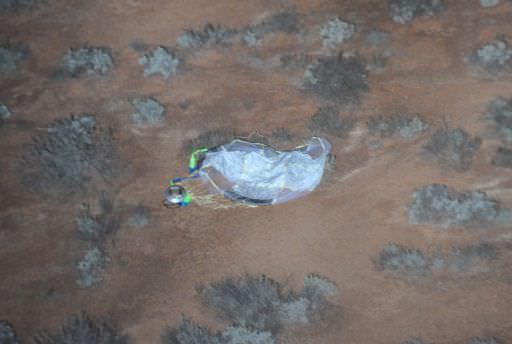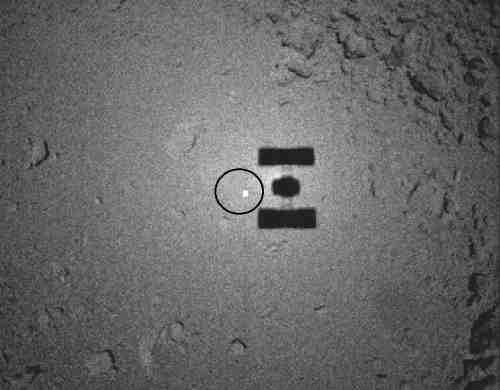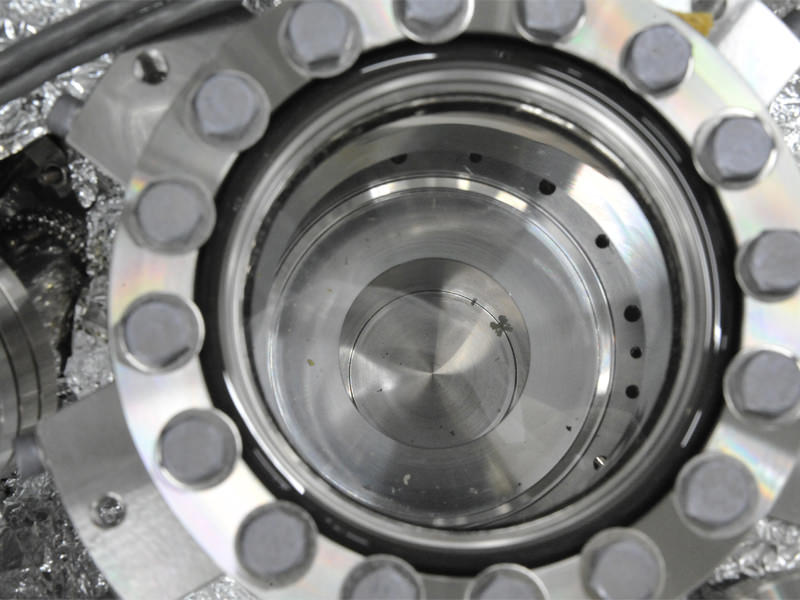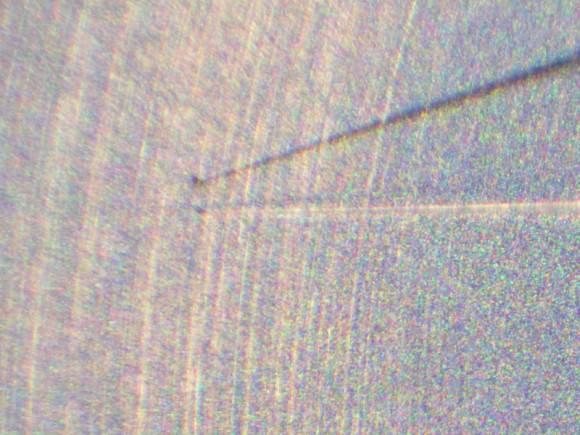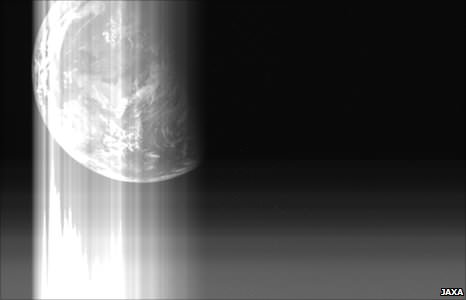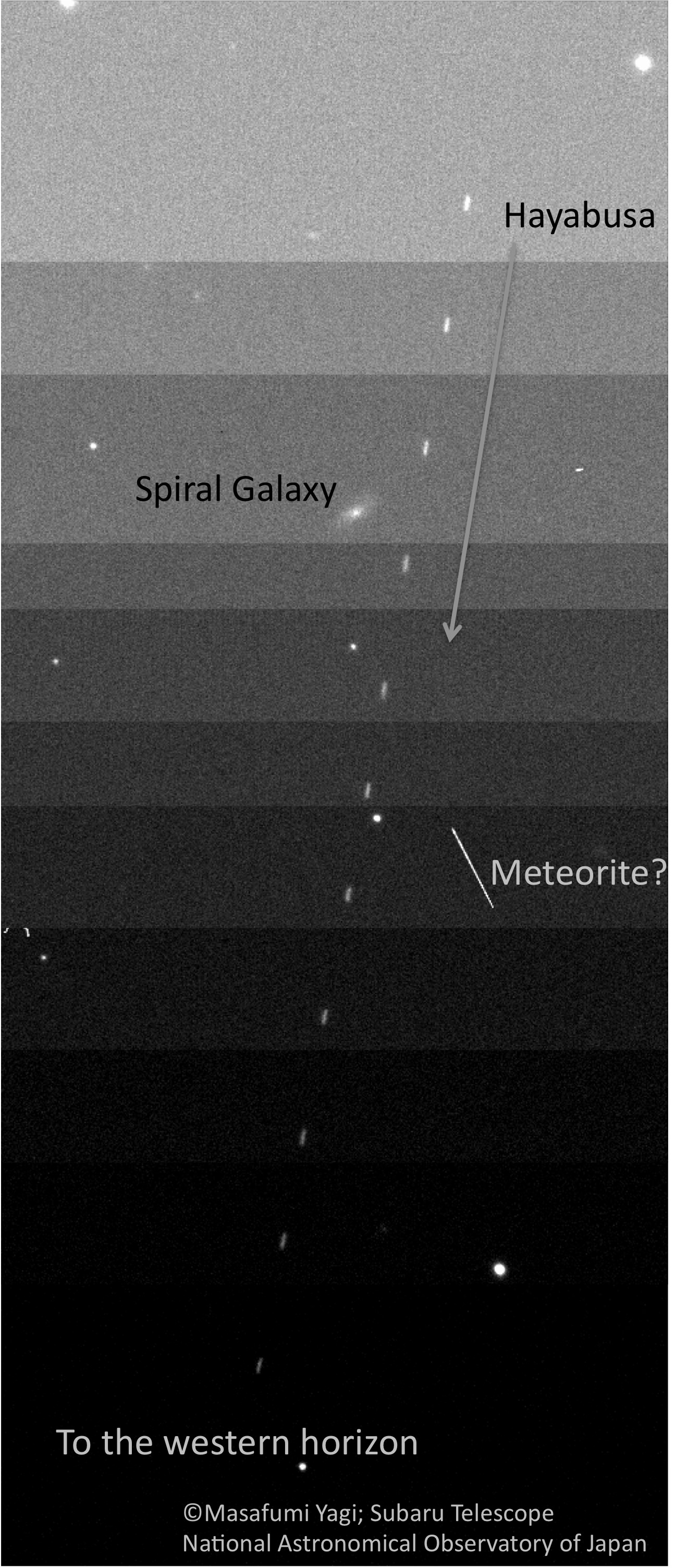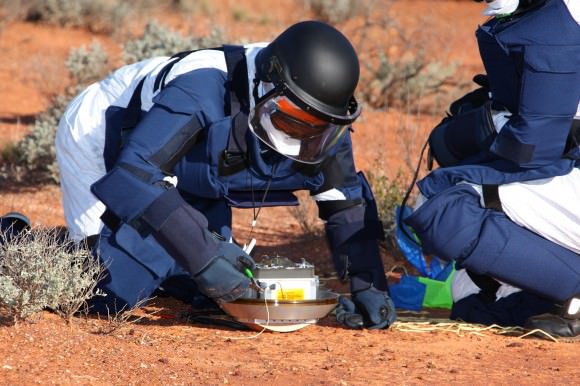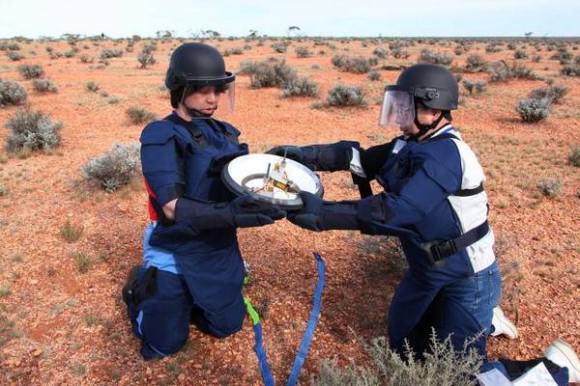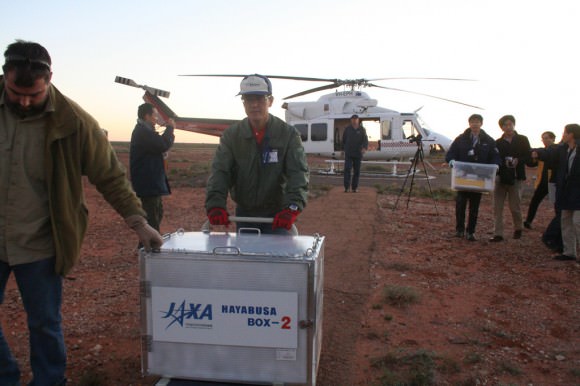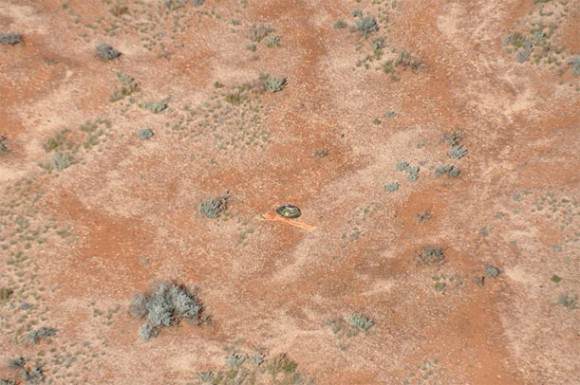[/caption]
From faulty spacecraft to two damaged facilities, the past year has been a tough year for Japan’s astronomical programs. Yes despite the setbacks, Japan has already begun working to fix every problem they’ve faced in this difficult year.
The troubles started late last year as Japan’s Venus exploring spacecraft, Akatsuki failed to properly enter orbit around Venus. Ultimately, the failure was blamed on a faulty valve that didn’t allow the thruster to fire for the full length of the burn necessary to transfer into the correct orbit. Instead, the craft is now in a wide orbit around the Sun. The organization in charge of the probe, the Japan Aerospace Exploration Agency (JAXA) announced earlier this month that they will “attempt to reignite the damaged thruster nozzle” and, if the test goes well, can try again for an orbital insertion in November 2015.
The next setback came with the devastating March 11th earthquake which the facilities being used to study the samples returned from the sample and return mission Hayabusa were damaged. While the particles were safe, the sensitive accelerators that are used to study them suffered some damage. Restoration work is already underway and the teams in charge expect some operations to resume as early as this fall. Other instruments may take until early next year to resume operation. Despite the damage, the preliminary data (done before the Earthquake) has confirmed the particles are from the visited asteroid. They contain minerals such as olivine and iron sulfide contained in a rocky-type asteroid. No organic materials have been detected.
More recently, Japan’s flagship observatory, Subaru atop Mauna Kea, Hawaii, was damaged when coolant leaked onto several instruments as well as the primary mirror, halting operations early last month. According to the National Astronomical Observatory of Japan (NAOJ) which maintains the telescope, the mirror was washed with water which was successful in restoring its functionality. The primary camera, the Subaru Prime Focus Camera (Suprime-Cam) and its auxiliary equipment were also affected and are currently being inspected. However, the telescope has a second focus, known as a Nasmyth focus. Several instruments which make use of this focus, including the High Dispersion Spectograph, the 188-element Adaptive Optics system, the Infrared Camera and Spectrograph, and the High Contrast Instrument for the Subaru Next Generation Adaptive Optics, were all unaffected. With the cleaning of the mirror and the use of these instruments, the telescope was able to resume operations on the night of July 22.
With any luck, fortunes will continue to improve for Japan and their hard work and dedication can help them to overcome these issues. Ganbatte!

